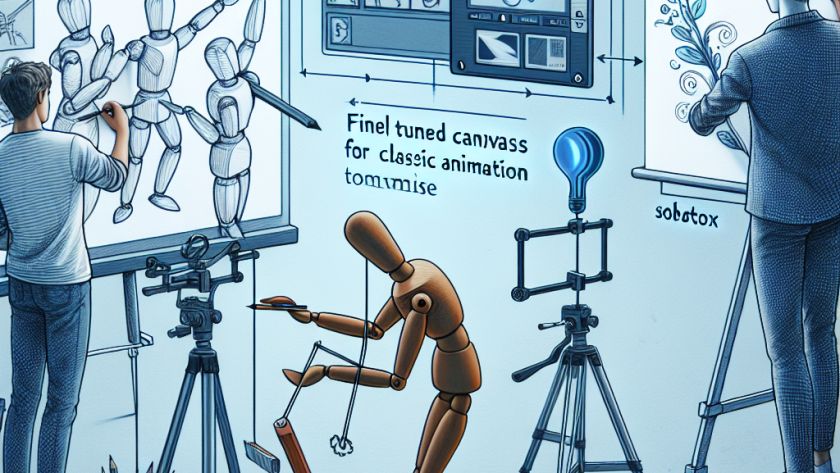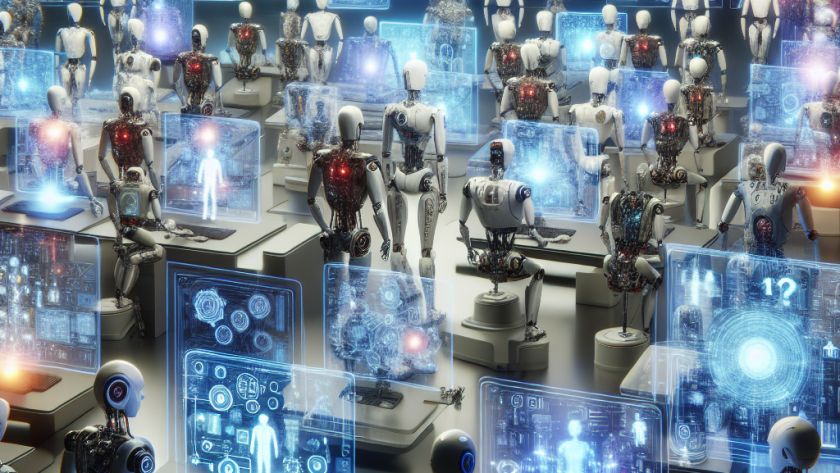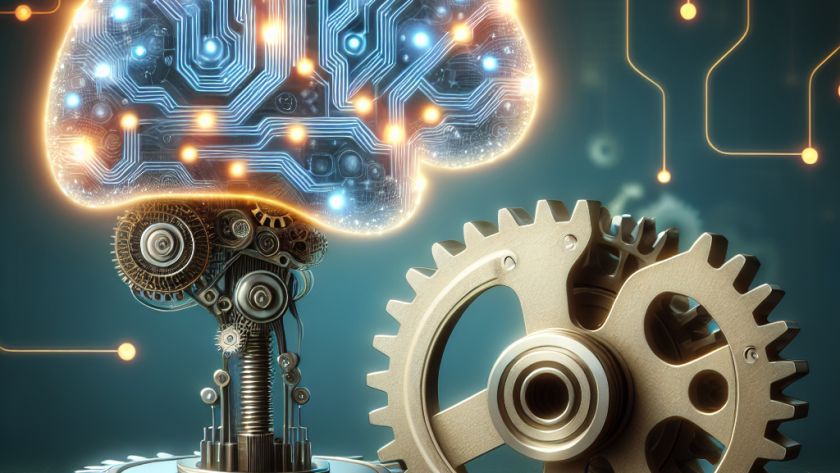Text-to-image diffusion models are arguably some of the greatest advancements in Artificial Intelligence (AI). However, personalizing these models with diverse concepts has proven challenging due to issues predominantly rooted in mismatches between the simplified text descriptions of pre-training datasets and the complexities of real-world scenarios.
One significant hurdle in the field is the absence of…






